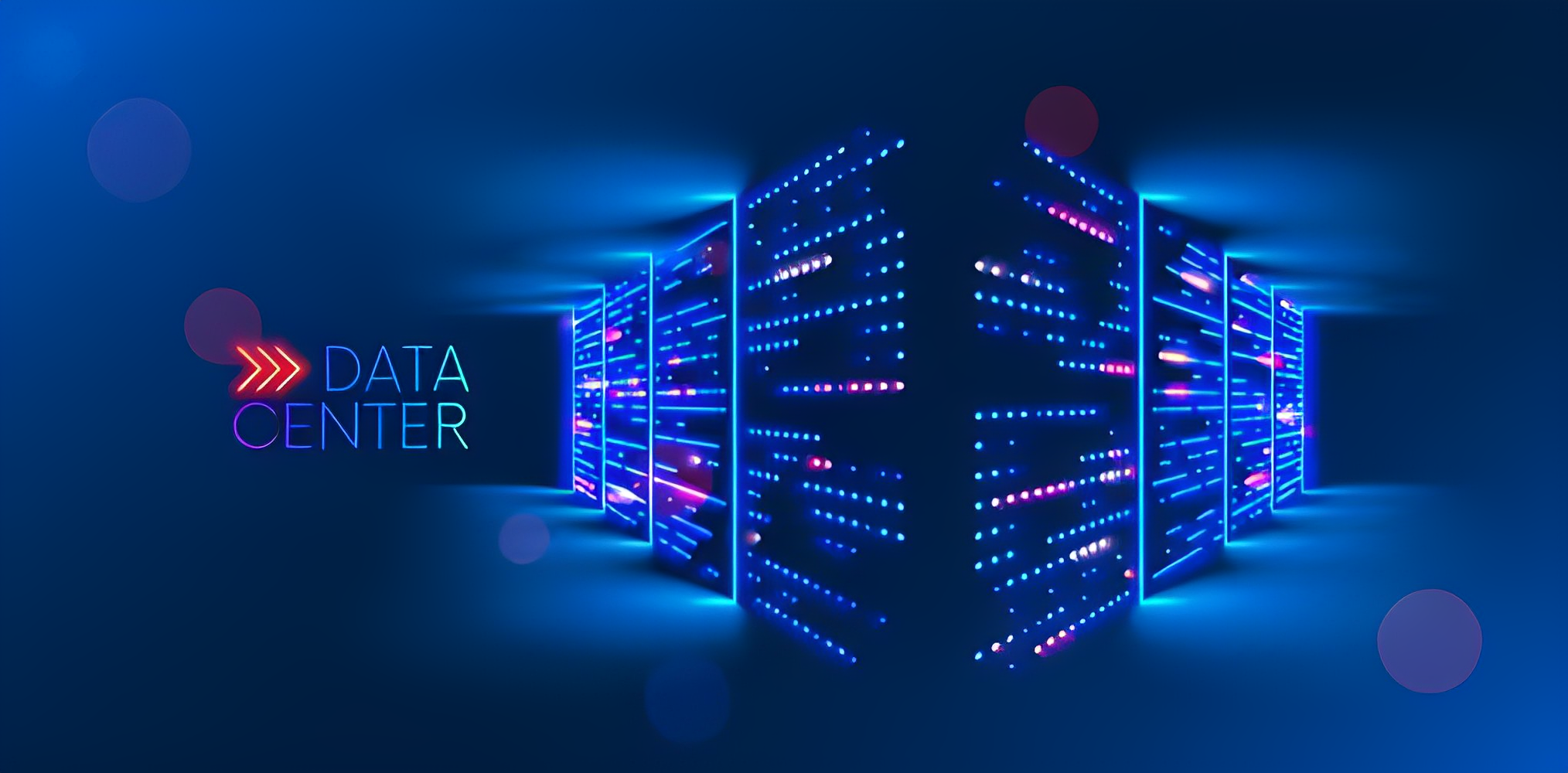Optimizing Enterprise Storage: Exploring the Private Cloud & Data Center

The ability to shift highly complex compute workloads away from on-premise facilities to remote is one of the most sought after attributes of cloud adoption. The sophisticated and ever evolving cloud technology makes it difficult to understand and choose a myriad of cloud computing and other cloud-associated hosting options.
Software professionals in the cloud domain love their non-standard terms, which can complicate things for everyone else. As a result, choosing the right kind of cloud solution can be overwhelming. In order to simplify the complex subject of cloud computing, one must get acquainted with terminologies that are related to data centers as well as private clouds.
Knowing this simplifies choosing the right cloud solution for your mission-critical data. The two important alternatives for hosting extremely important data are private cloud and data center.
Private cloud and data centers
If you are under the impression that a private cloud is designed to substitute a traditional data center, then you are grossly mistaken. Although these two are supposed to leverage virtualization technology to isolate workloads from legacy technology, there are a number of other attributes that distinguish each other in terms of applications, resource provisioning, business continuity and dynamic scalability.
Public clouds are generally referred to as data center facilities that can be procured from service providers’ data centers. It is designed to share compute and storage resources with other users. However, if you are in search of a dedicated infrastructure for managing more intense and mission critical workloads, then a private cloud can be the right choice. For private cloud infrastructure, unlike public cloud, you can choose to either build it yourself within your own data center or have it hosted in the provider’s data center.
Requirement of a dedicated resource for data center infrastructure due to security and compliance objectives is a major factor that governs the decision to adopt a private cloud environment. The most logical approach for deciding between private and public cloud solutions is to understand the nature of workloads that can be managed by using colocation, public cloud, and on-premise data centers.
The most common considerations that can influence such decisions are actual requirements of workloads in terms of elasticity, compliance, and security. Understanding these factors can help you choose between private or public cloud solutions.
Relevance of workloads
Decision makers must consider the workload’s impact on compliance and costs. Depending on the nature, volume, or type of workloads, one can easily decide to go for a long term and large-scale storage resource. In addition, one should also consider testing environments, presence of sensitive information, demand fluctuations in applications, and seasonal factors to name a few.
Private cloud infrastructure is imperative is you are going to deal with predictable demand and need to access a high performance and secure platform. Sparingly used applications also require a private cloud for maintenance.
Understanding the right value for infrastructure
As mentioned earlier, your workload is an important deciding factor while selecting a private or public infrastructure. This will also drive your choice of settings for building infrastructure on-site or at the provider’s data centers. Just like other processes of decision-making while evaluating the options for hosting, one should be very careful about selecting the right hosting service provider.
The physical distance between user segments and the business location can dictate whether a private or on-premise hosting arrangement works best. Other factors including financial investment, real estate, redundancies, and control-related aspects also play a vital role in determining the most optimum data center options.
Ability to handle load fluctuations
Unless you have acquired a thorough understanding of the pattern of workloads and their related demands, it would be difficult to accomplish a perfect cloud deployment. Ideally, you need to build an infrastructure that obviates excessive capital investments while dexterously managing peak-time workloads.
Acquiring surplus dedicated resources will inevitably impact your cost calculations. Make sure you understand this before proceeding. Mapping workload peaks helps you handle them without straining your budget. Accurate workload mapping reveals the need for dedicated resources in cloud adoption.
When deploying a private cloud, organizations have access to a range of provisioning methods. This includes hiring private cloud services, colocation services, and on-site deployments of private cloud solutions to name a few. When considering your options, note that on-site infrastructure can provide purely dedicated private cloud deployments. While contemplating adopting private clouds, it is essential to analyze actual needs of compliance, costs, elasticity and workloads.
In conclusion
There is a simultaneous and significant growth in the number of options to store business critical data in direct response to the extensive adoption of virtualization technologies. This signifies the need to understand useful features of private cloud and data center infrastructure in relation to specific workloads in an organizational setup.





